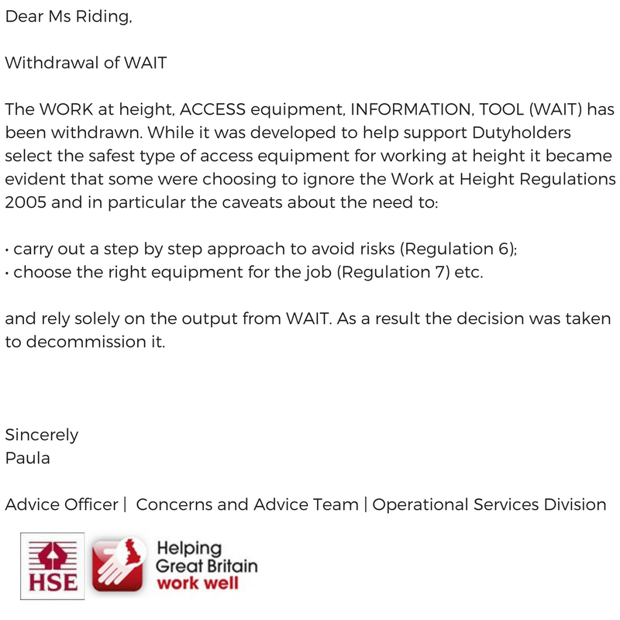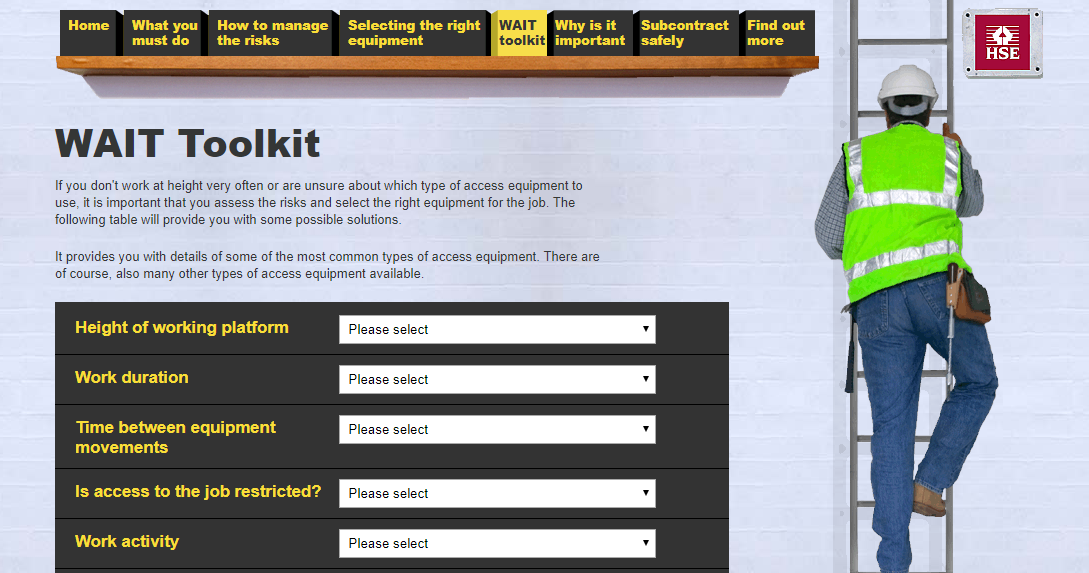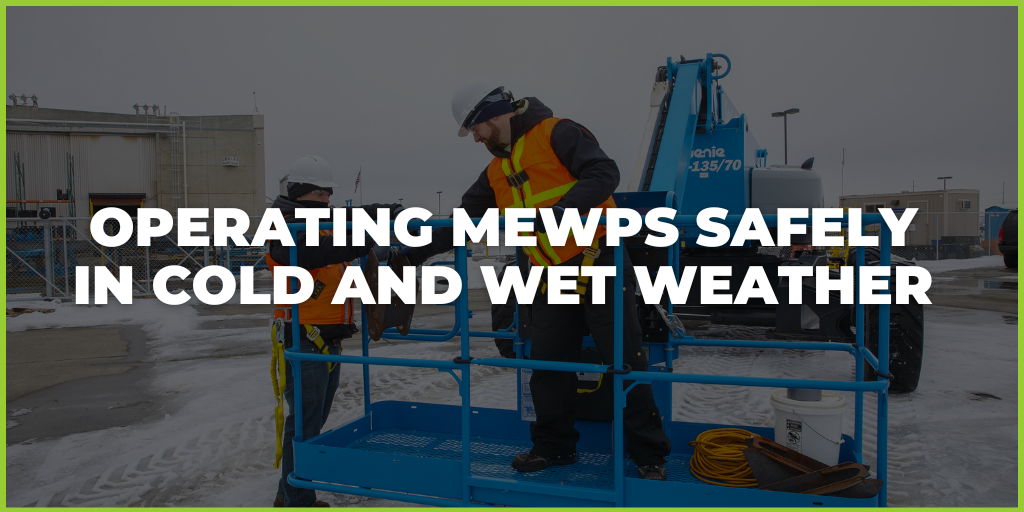UPDATE 12th February 2018 - I have now had a response from the HSE (see below) confirming that the WAIT tool has indeed been intentionally decommissioned due to it's improper use. It appears that they found instances where the tool was used by companies who then chose to ignore the actual work at height regulations. They therefore took the decision to withdraw the tool. As this is no longer available and will not be returning i am more than happy to assist anyone who is looking for further advice in this area. If you do need any help selecting the right equipment for a work at height task or if you need some general advise please contact me at rachelriding@hls.co or view our "Working at height - Expert guide".

UPDATE 9th February 2018 - The HSE WAIT toolkit and work at height microsite is not currently available to view. We have contacted the HSE dircetly to ask if this is an error or if the information has been intentionally removed. When we recive a response we will publish it here. In the meantime if you do need any help selecting the right equipment for a work at height task or if you need some general advise please contact me at rachelriding@hls.co or view our "Working at height - Expert guide".
Since the HSE published the Work at Height Regulations (2005) a spotlight has been put on ensuring work at height is carried out in the safest possible manner. The HSE advise people that where "work at height cannot be avoided PREVENT falls by selecting and using the right access equipment"
That's where we come in - at HLS we are committed to providing as much information as possible to our customers about the latest available equipment and solutions to make working at height safer. If you're thinking that using ladders is ok as long as your operatives are properly trained then consider one thing:
How often do you need to go up a ladder to complete a task that enables you to maintain three points of contact at all times?
Asking this simple question can often rule out a ladder-based access method, and guide you towards safer, and often more efficient methods of accessing your work areas. Whilst we are happy to help our customers select the most appropriate access method we also understand that some customers want to do the initial research themselves prior to coming to us for advice:
The HSE have an excellent starting-point tool for this, the "Work at height Access equipment Information Toolkit" or WAIT, which you can access via this link. Have a look at the WAIT tool and let us know what you think - is it useful? Would you like more detail? If this email, or the WAIT tool prompts questions about how you currently manage working at height then please get in touch, either by email info@hls.co, via our website www.hls.co or on the phone +44 (0)113 287 8446.





